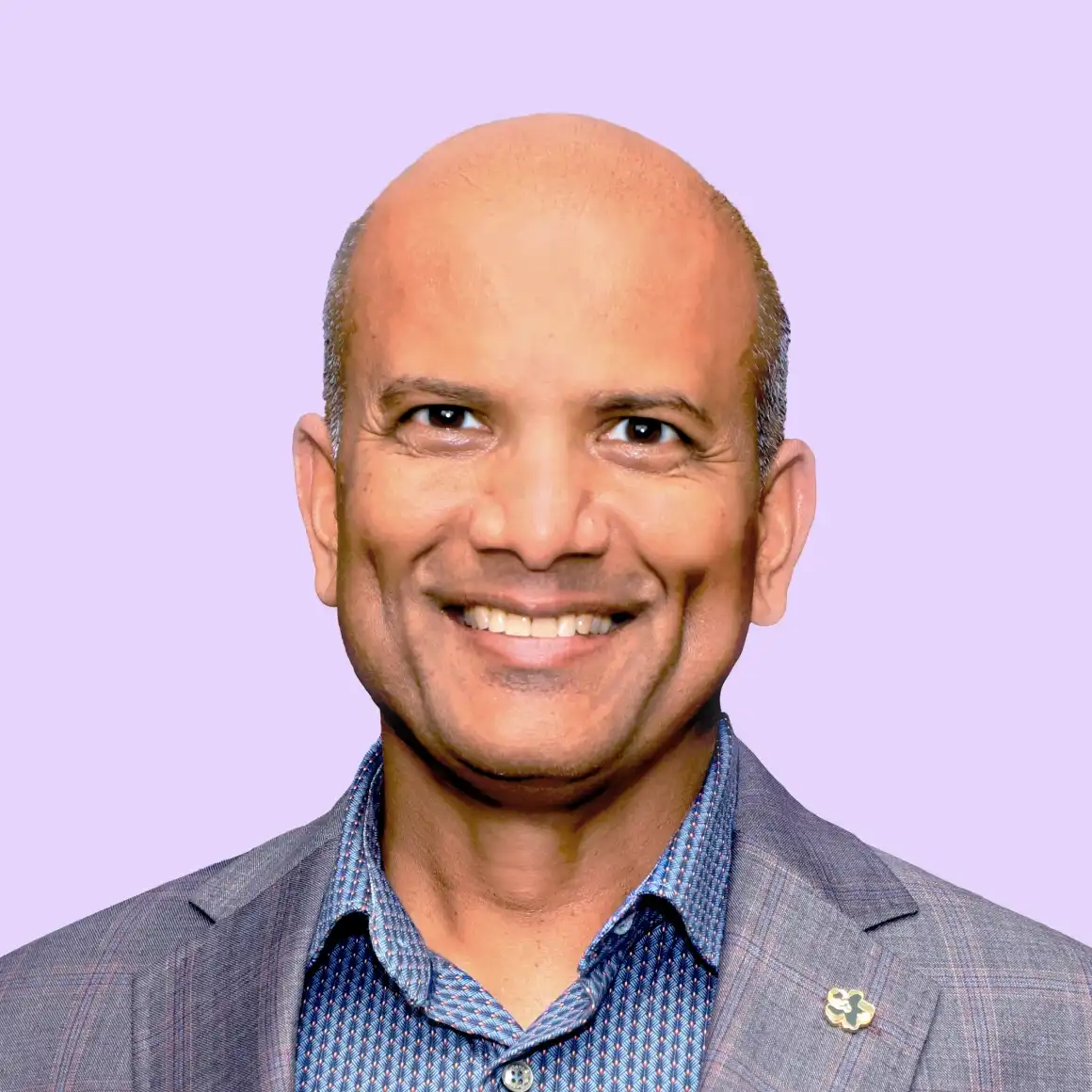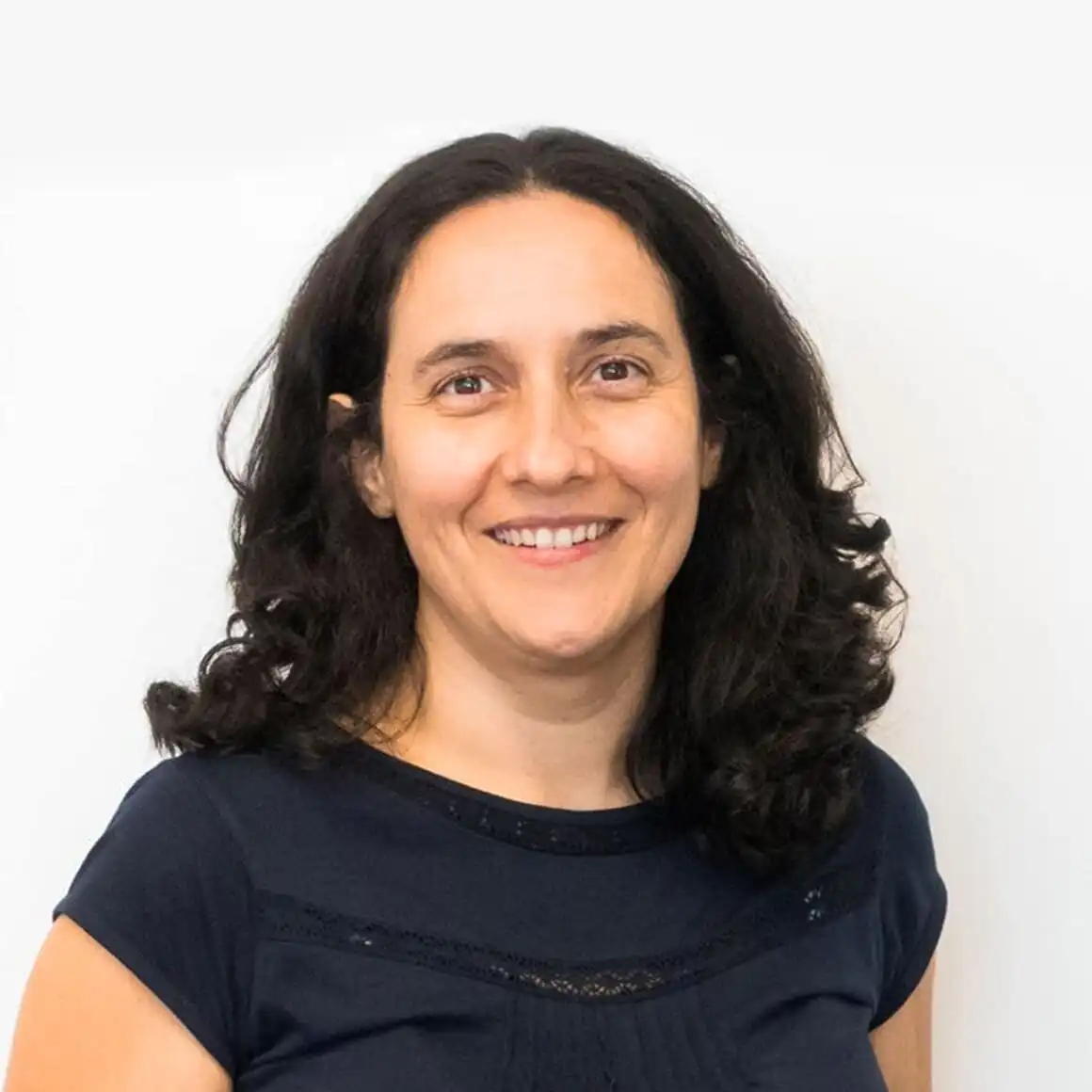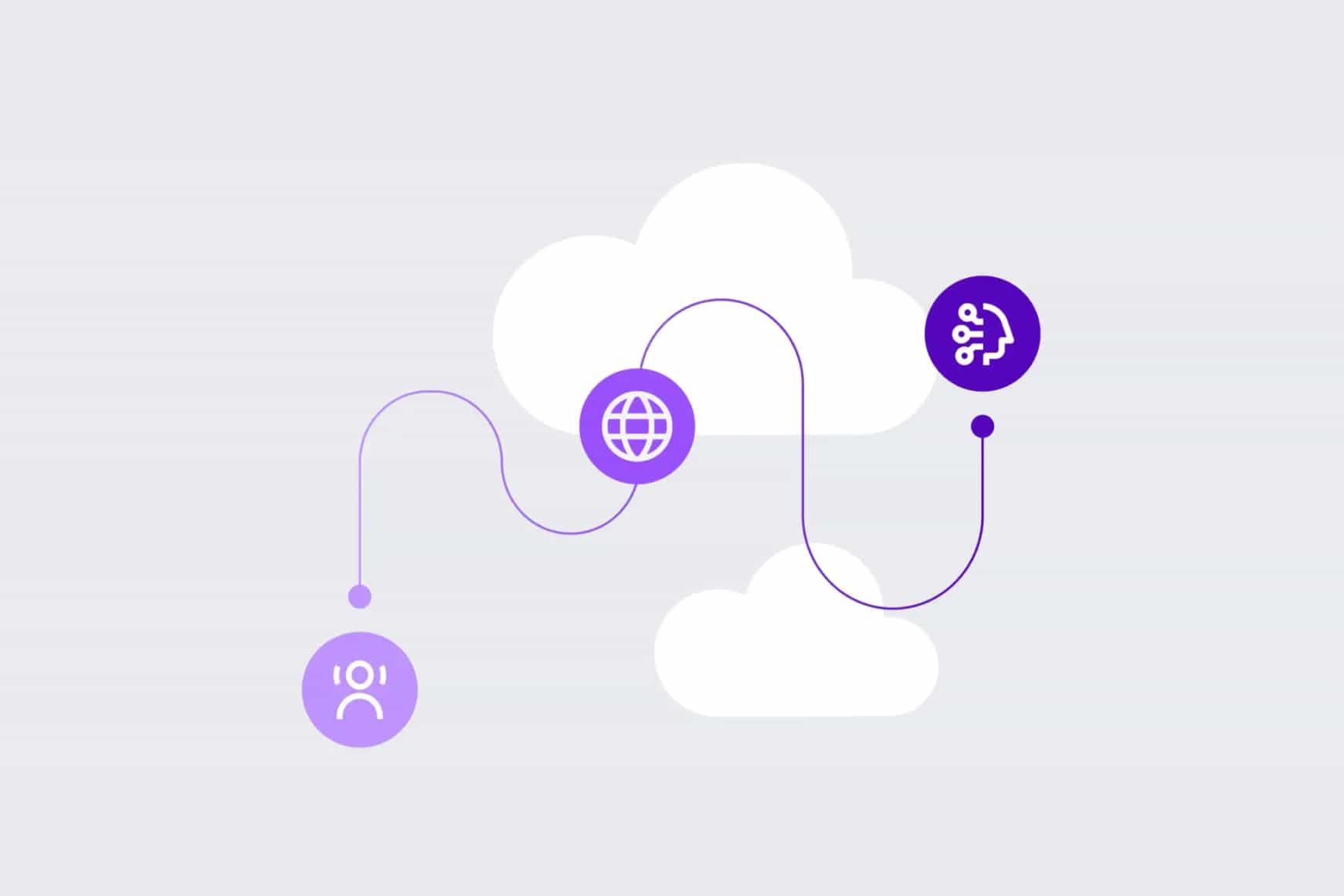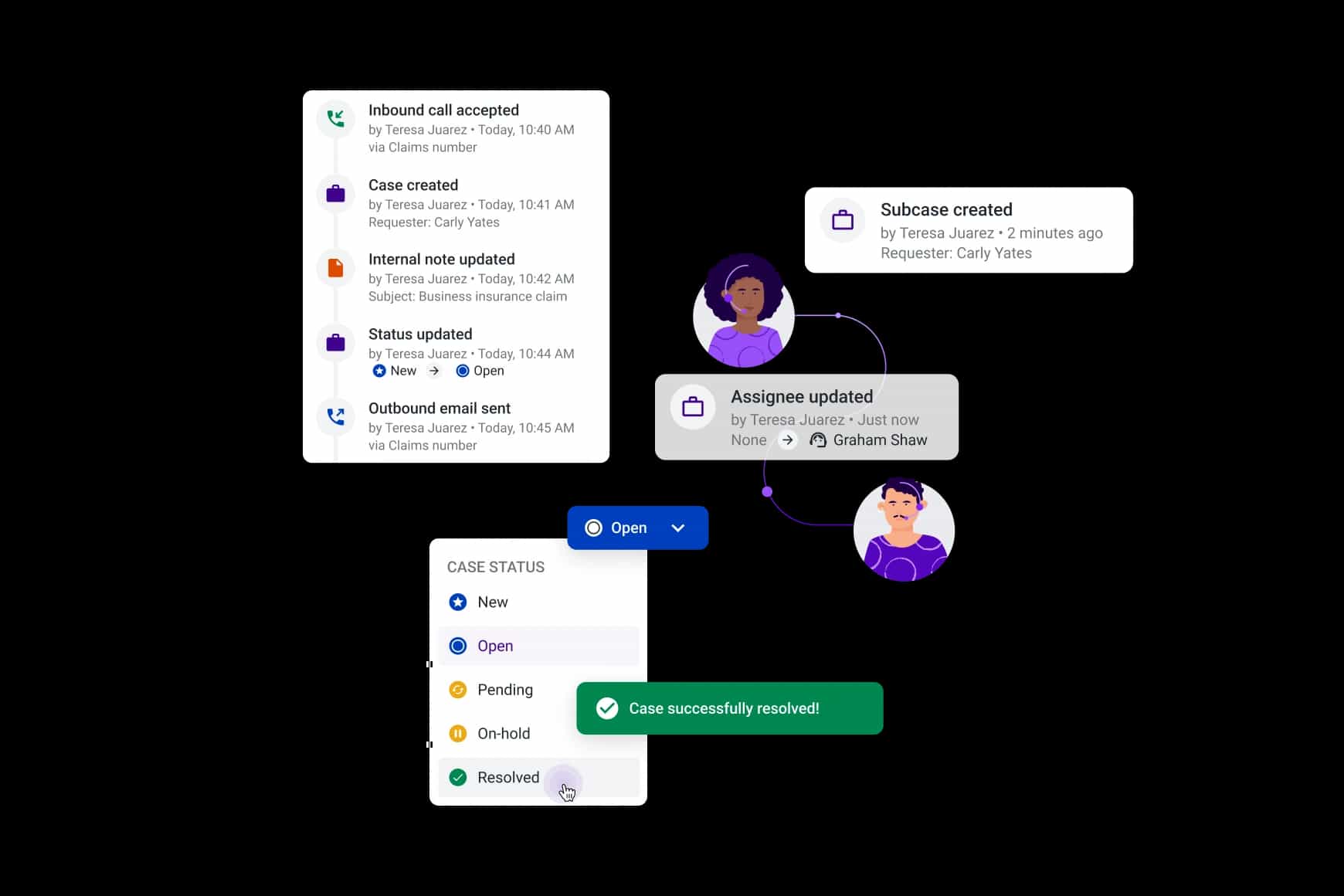What’s the right cloud contact center pricing model for you?

By Diogo Almeida Fernandes
0 min read
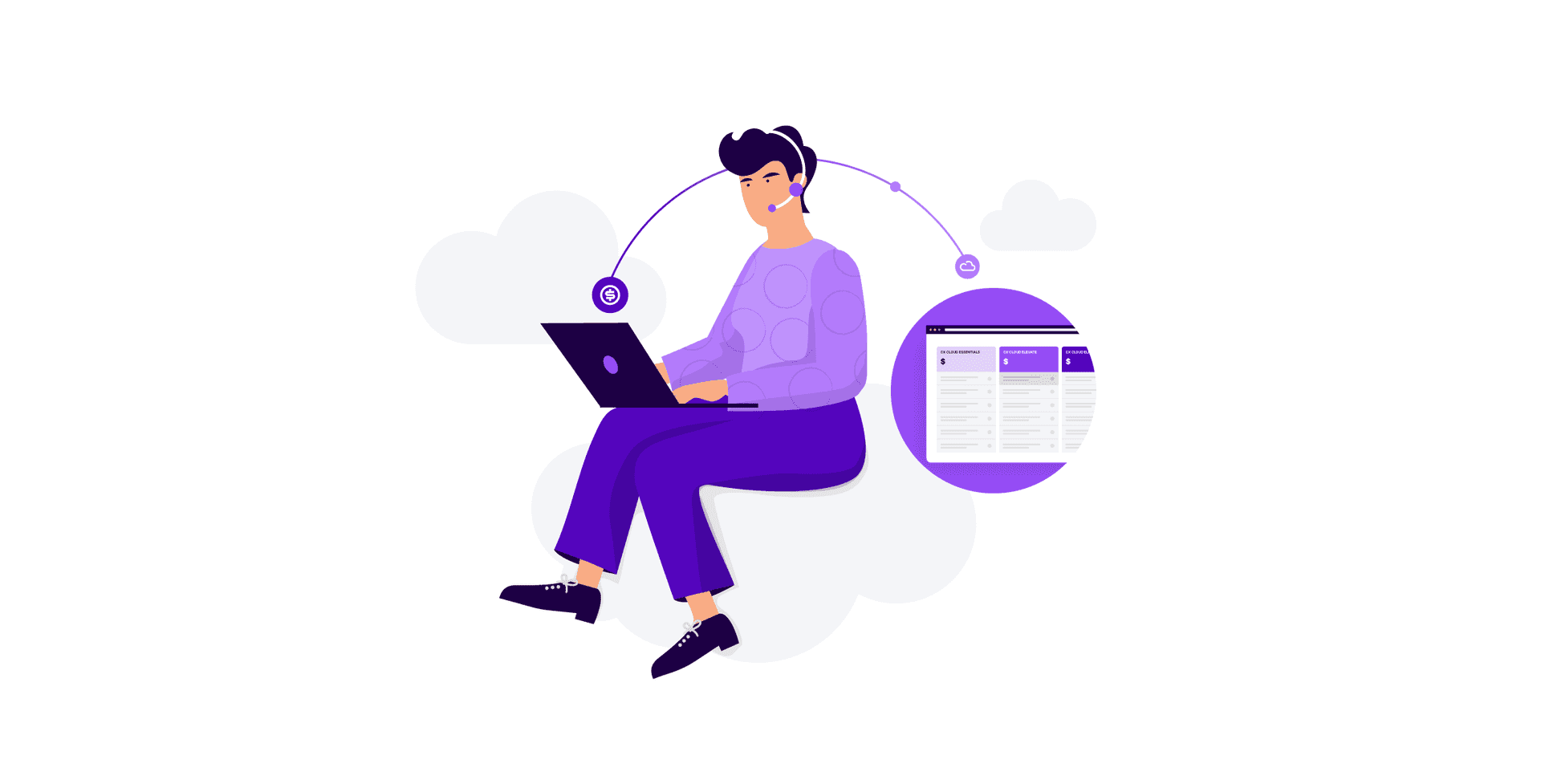
It is undeniable that the contact center market has seen an explosive growth in the adoption of Software as a Service (SaaS) to support operations.
This shift started before the COVID-19 pandemic, benefited from the work from home (WFH) trend, and is here to stay. Gartner® cites: “On-premises contact centers will increasingly become technologically inferior compared to their cloud counterparts”.[1] With the growing adoption of Contact Center as a Service (CCaaS), determining the most suitable pricing model for your business has become an intricate process requiring data and detailed insights into your company’s modus operandi and leadership mindsets.
Contact center pricing models.
Currently, there are two primary pricing models offered by vendors:
- Per user or per seat model. Applies to either a named user (one license corresponds to one designated user) or to a concurrent user (the same concurrent license can be used by any number of individuals, as long as they are not signed in at the same time).
- Consumption or usage-based model. Based on the amount of time any given user is logged in to the software, regardless of the number of users. Vendors typically offer more beneficial terms for this model when customers commit to a certain volume of consumption.
It is easy to understand the temptation of only paying for what has been used, but context is king here. Although each model has pros and cons, the preferred model depends on factors like the number of agents, shift patterns, number of hours online in the systems, cyclicality of the business, and more.
From a cost-benefit point of view, the contact center pricing model needs to fit the characteristics of the business. Below are a few examples.
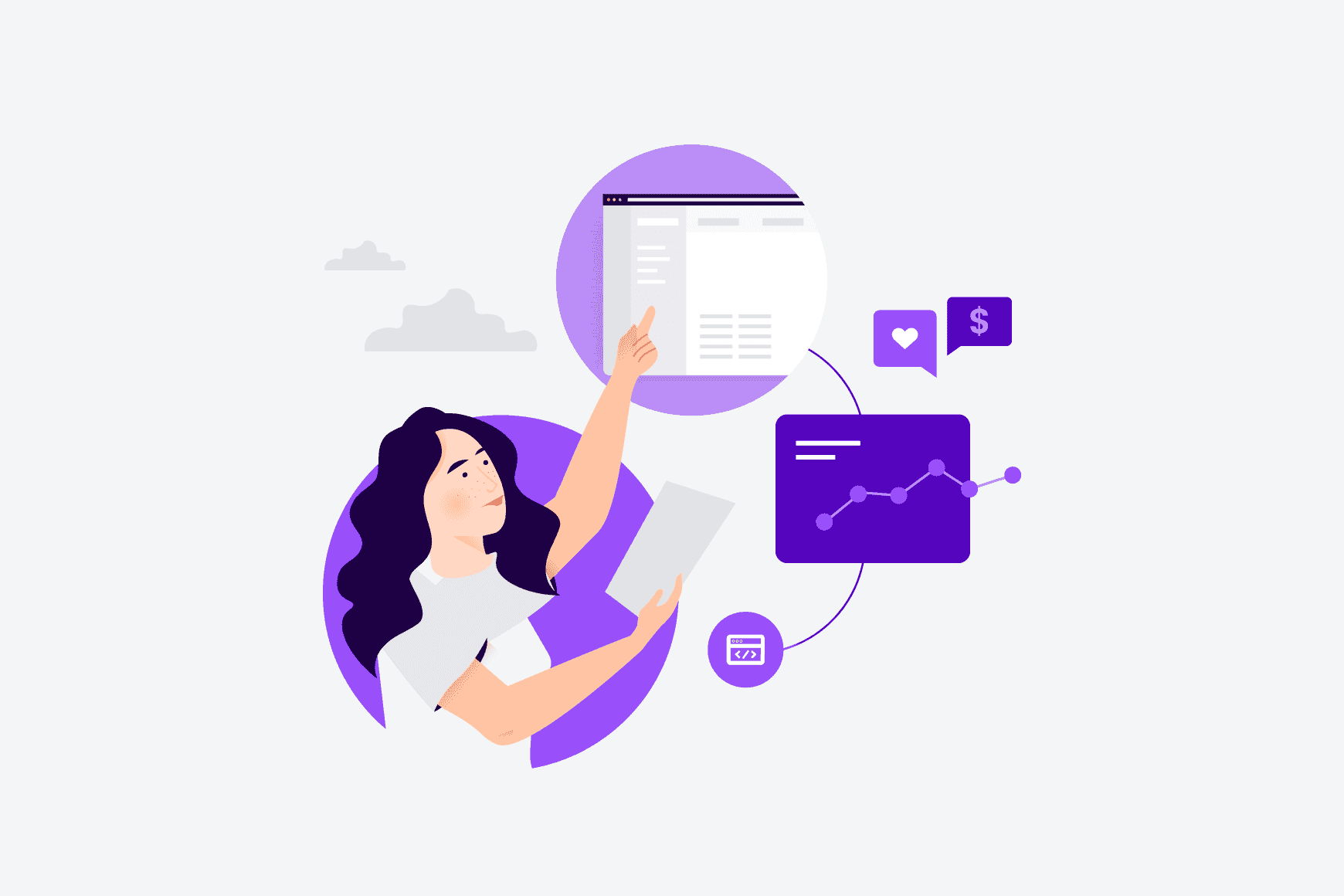
Standard 9 a.m to 5 p.m operations.
Most business organizations operate during standard business hours—think of public services, financial and education institutions, manufacturing organizations, etc. For these organizations, the best pricing model depends on the number of agents and shift patterns.
For a company that has the same set of 1,000 agents logged into the system for an average of 6 hours a day, a per named user pricing model would be the most cost effective. Choosing the consumption model would be approximately 30% more expensive than on a named basis for the 1,000 licenses. In this specific case, opting for concurrent licenses would be more cost effective only if the customer had approximately a maximum of 750 agents signed in at the same time. Understanding the business requirements is key to selecting the most cost-effective pricing model.
High utilization rate.
There are organizations that operate longer than standard business hours, or even 24/7. That is the case for emergency services, utility companies—to handle, for example, outages—or business process outsourcers (BPOs) that aggregate resources for serving global customers.
In these cases, the utilization rate is most likely close to 100%. Agents are almost always logged in and use the contact center systems to handle inbound and outbound interactions. The per seat pricing model will always be significantly cheaper than the consumption based pricing model because the fixed cost of buying each license is spread out across an enormous amount of minutes utilized in the system.
Also, for international organizations, contact center agents may even be spread across different time zones, which means they are not using the systems at the same time, even though the procurement processes are likely to be done conjointly. Each time zone can be considered as a different shift, resulting in two or three shifts, for which a concurrent pricing model would be the most cost-effective.
Seasonal operations.
Some contact centers that typically operate during standard business hours may experience seasonal spikes. For example, retailers experience Black Friday spikes while hotel chains and airlines have seasonal peaks for summer and winter travel. In these cases, the contact centers require a significant increase in resources during peak times to handle all customer interactions.
For example, an airline contact center may normally operate with 250 agents but scales to 400 agents for three months in the summer and two months in the winter. In this scenario, the most cost-effective solution is to purchase temporary/seasonal licenses for those months only. However, there are time and quantity limits for temporary licenses, so opting for alternative models is a wiser choice. The consumption pricing model could be less expensive if the daily login time is lower than the average 6 hour shift. However, if shifts are longer than 6 hours, the named per seat pricing model for the entire year is more cost effective, approximately 25% cheaper for 8 hour shifts. Moreover, this also allows the organization to have license bandwidth to increase the number of agents at any time in case of unexpected events.
Part-time.
There are some contact center operations that are only active for a couple of hours during the day and the resources allocated for handling customer contacts also work in other areas of the organization. An example of this is a start-up where the teams typically assume several roles.
In these cases, a consumption model may be the right choice, depending on the number of hours that agents are logged in handling customer interactions. If we assume users are logged in 4 hours a day, opting for a consumption pricing model would be more cost effective. If they work 5 hours a day through the year, a per seat named model could be cheaper, so it really comes down to the expected utilization rate and how many agents are signed in at any given time.
Complexity/sophistication of contact center operations.
The level of complexity can also play a factor when considering which pricing model is right for you. As digital channels and AI/ML begin to reshape how corporations interact with their own customers (for example, bots, deflection routines, etc.), there are clear implications for the licensing technologies that are chosen to support those evolving customer experience strategies.
For basic inbound voice contact centers with a limited number of hours of utilization, the consumption pricing model might be a good fit. But digital channels and AI capabilities are increasingly being adopted, which aren’t a good fit for consumption models given they typically run in the background. Therefore, a more traditional pricing model might be the right choice depending on the sophistication of the contact center operations.
In conclusion, choosing the right pricing model requires an understanding of each contact center’s needs and the flexibility to scale up and down according to those needs. Although it is always beneficial to compare license models, the consumption pricing is often a more expensive option.
At Talkdesk, we offer named, concurrent, and consumption pricing models. We work with our customers to guide them through the decision making process to ensure their contact center operations run as smoothly and efficiently as possible, while striving to maintain their SLAs and improve customer satisfaction scores.
[1] Gartner, “On-premises contact centers will increasingly become technologically inferior compared to their cloud counterparts”, Daniel O’Connell, Megan Fernandez, 19 January 2021. GARTNER is a registered trademark and service mark of Gartner, Inc. and/or its affiliates in the U.S. and internationally and is used herein with permission. All rights reserved.


